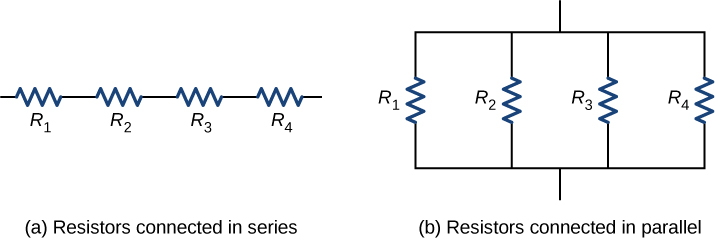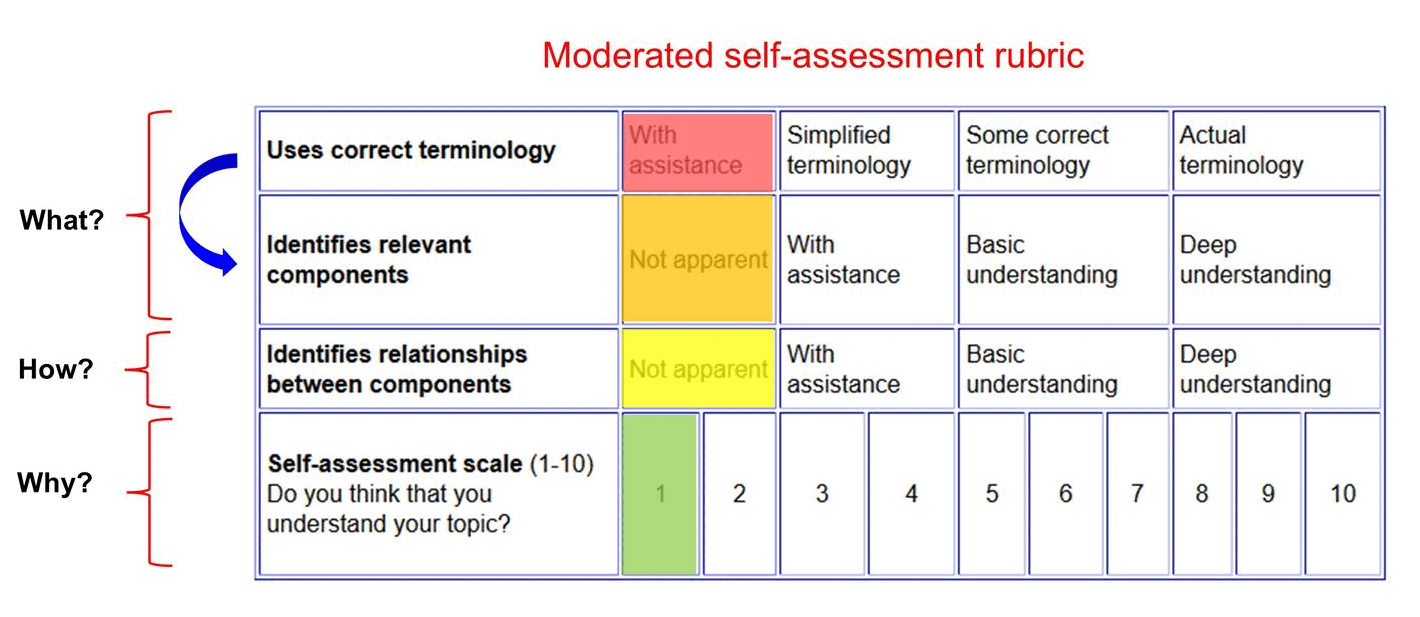SILO 5.4 (DRAFT)Year 5, Term 4: ElectronicsFocus: Electric circuits Scope and sequence:
Electric circuits, Energy
|
|
Learning intention: Students explore how electrical energy can be generated from a range of sourcesand be transferred and transformed in electrical circuits. |
|
|
NSW Syllabus
|
Australian Curriculum
(version 9.0)
|
|
"A student explains how energy is
transformed from one form to another." (ST3-8PW-ST)
|
"Students learn to investigate the
transfer and transformation of energy in electrical circuits,
including the role of circuit components, insulators and
conductors." (AC9S6U03)
|
Introduction to electric circuits
Electric circuits provide a path for transmitting electric current. The following simulation from PhET Interactive Simulations has been embedded directly into this page below. Try using this simulation to experiment with creating your own simple circuits. Recommended introductory activities include using a battery to power a light bulb. You can also experiment with the use of switches to turn circuits on and off.
Simulation by PhET Interactive Simulations, University of Colorado Boulder, licensed under CC-BY-4.0 (https://phet.colorado.edu).
Experimenting with electric circuits
The previous simulation provides a useful context for experimenting with circuits, but providing students with actual components is a hands-on way for students to see how various components and configurations can work together. Perhaps the most cost effective way to achieve this is to purchase a variety of components including wire and batteries. There have also been many electronic kits over the past several decades to achieve the same objectives but these can be more expensive. However, one affordance of these kits is that they have addressed the issue of solderless connectivity where solder and soldering irons are not required. Tension springs are one way to achieve solderless connections but another novel approach is evident in the 'Electronic Brain Box' kits which use snap fasteners like those found on a snap-button shirts.
The following photos show various configurations to power an electric motor. The main point here is that there are many ways to configure a circuit, but a circuit will only work if the circuit is closed to complete the circuit. The example of the left is the simplest but it requires the battery to be removed to turn the motor on and off. The middle photo has a switch included. The photos on the right also contains an additional length of wire so that the components are spaced apart for more convenient operation of the circuit. (The yellow propeller is just sitting on the motor in each instance which is more engaging than just a rotating axle.)

Electromagnetic fields
The following animation (0:44) was made by another student in Year 5. It provides an introduction to electromagnetic fields but also points out the similarities between electric motors and electrics generators. Electric generators are also covered later in this unit in relation to wind and water turbines.
Electric motors
The following video (4:42) doesn't contain any verbal instructions but it does demonstrate some of the designs which can be used to make a simple homopolar motor.
Servos and stepper motors
There are several types and applications of electric motors. In an electric car you want the wheels to turn quickly using full rotations so these motors are fairly simple. However, there are other uses for electric motors such as servos and stepper motors. These are designed to give you more control over the turns and are usually used for small angles rather than complete rotations. Servos and stepper motors also need to stop quickly and hold their position. The following video (0:57) provides a quick overview of the differences between servos and stepper motors .
Renewable energy sources
This video (8:50) provides and overview of the following seven renewable energy sources:
- Solar (0:08)
- Wind (1:17)
- Hydroelectric (2:56)
- Geothermal (3:59)
- Ocean (5:05)
- Hydrogen (6:48)
- Biomass (7:25)
Solar power
The following animation (1:47) was made by a student in Year 5. He discusses solar power in relation to solar cell efficiency.
Wind turbines and water turbines
Wind and water turbines operate on the same scientific principle where the physical movement of the turbine can create movement within an electromagnetic field to generate the flow of electric current. The placement and shape of wind and water turbines are different to account for the movement of wind and water. The following video (4:01) shows how to build a hydroelectric power generator.
Pumped hydro
Pumped hydro is a good example of combining renewable energy sources. A typical pumped hydro system involves solar power and/or wind turbines to power pumps which transfer water up to a higher storage reservoir such as a dam. This water is then used to drive turbines in to generate electrical power, much like a traditional hydroelectric power plant. The advantage of pumped hydro is that the water can generate electrical power using gravity at any time of the day or night. In this sense, the water reservoir functions as a battery because gravitational potential energy is stored until it is transformed by the generators into electrical energy. The following video (2:35) outlines the plans for a new pumped hydro project in NSW, Australia.
Electrical components
Resistors

https://openpress.usask.ca/physics155/chapter/6-2-resistors-in-series-and-parallel/
The formula for calculating the total resistance for
resistors connected in parallel is as follows:

https://www.electronics-tutorials.ws/resistor/res_4.html
Ohm's law
Ohm's law defines the relationship between current, voltage and resistance in an electric circuit. The law is named after the German physicist Georg Ohm who published this formula in 1827.
(Source: https://phet.colorado.edu/sims/html/ohms-law/latest/ohms-law_all.html)
Moderated self-assessment
Discussions with students around the key components of conceptual topics and how they fit together can generate insights into student achievement.


This work is licensed under a Creative Commons Attribution-NonCommercial-ShareAlike 4.0 International License.
Main menu